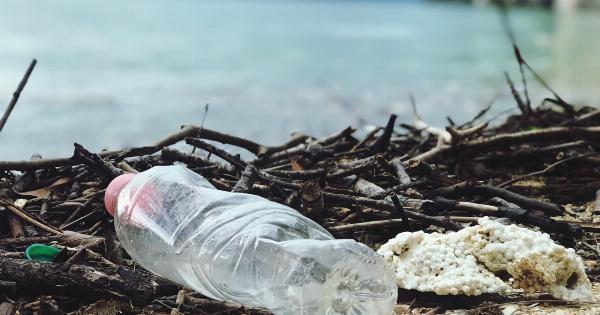Dust storms are not exactly a rare occurrence in parts of the world where deserts dominate the landscape, but when the dust takes to the skies and travels across continents to affect air quality, it is no longer a localized problem.
Such is the case with the dust from the Sahara desert that regularly makes its way to the United States and beyond, causing health concerns and impacting daily activities.
What is the Sahara dust?
The Sahara desert is the largest hot desert in the world, covering an area of over 3.6 million square miles in northern Africa. The Sahara desert experiences very little rainfall and is characterized by vast stretches of dry and barren land.
When the desert soil is disturbed, either by natural or human activities, it sends a massive cloud of fine dust particles into the air.
How does the Sahara dust travel to the United States?
The Sahara dust travels across the Atlantic Ocean to the United States, riding on strong winds of the Saharan Air Layer (SAL), which is a hot, dry, and sometimes dusty layer of the atmosphere that sits above the colder and more humid air closer to the surface. The SAL is typically located at altitudes between 5,000 and 20,000 feet, and it forms over the Sahara desert during the summer months.
Heavily laden with dust and other particles, the SAL can extend thousands of miles from Africa and reach as far as the Caribbean, the Gulf of Mexico, and the southeastern regions of the United States.
What are the health effects of inhaling the Sahara dust?
The Sahara dust carries a mix of particulate matter, which can range in size from coarse to ultra-fine particles, that can irritate the respiratory system.
The fine dust particles can penetrate deep into the lungs and cause a range of health issues, particularly for people with pre-existing health conditions such as asthma, chronic obstructive pulmonary disease (COPD), and allergies. Exposure to the Sahara dust can also cause eye irritation, coughing, and sneezing.
How does the Sahara dust affect air quality in the United States?
While the Sahara dust itself is not directly harmful to the environment, the increased levels of particulate matter in the air can lead to decreased air quality.
The Sahara dust can combine with other pollutants in the air such as ozone, nitrogen oxides, and sulfur dioxide to create a haze that can reduce visibility. The combined pollution can also create smog, which is harmful to the environment and human health.
What areas in the United States are most affected by the Sahara dust?
The southeastern regions of the United States, including Florida, Texas, and Louisiana, tend to experience the most significant impacts from the Sahara dust.
The dust from the Sahara can lead to reduced air quality, hazy skies, and respiratory problems for people living in these areas.
How do scientists track the movement of the Sahara dust?
Scientists use a combination of satellite imagery, ground-based sensors, and computer models to monitor the movement of the Sahara dust. The National Aeronautics and Space Administration (NASA) uses satellites to track dust clouds and their movements.
Air quality monitoring stations on the ground measure the amount of particulate matter in the air, and computer models simulate the movement of the dust across different regions.
What steps can people take to protect themselves from the Sahara dust?
People living in areas affected by the Sahara dust can take measures to protect themselves from the harmful effects of the dust. Here are some tips:.
- Stay indoors as much as possible, especially during peak dust hours, which are usually in the late morning and afternoon.
- Avoid exercising outdoors during periods of high dust concentrations.
- Keep windows and doors closed to prevent the entry of dust particles into the house.
- Use air filters or air purifiers to reduce indoor dust levels.
- Wear protective masks or cover your nose and mouth with a damp cloth when outside in dusty conditions.
Conclusion
The Sahara dust is not just a localized problem but an international one, as its impact can be seen across continents and countries. The dust carries a mix of particulate matter that can compromise air quality and impact human health.
People living in areas affected by the dust can take steps to protect themselves from the harmful effects of the dust, but we also need to work towards reducing our environmental impact and addressing climate change that contributes to the formation of such dust storms in the first place.






























